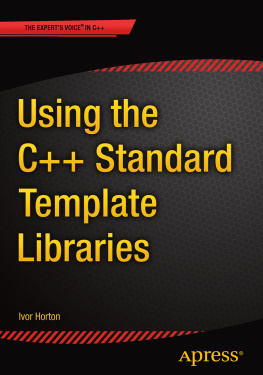Satows Diplomatic Practice
Seventh Edition
Satows Diplomatic Practice
Seventh Edition
Edited by
Sir Ivor Roberts
Great Clarendon Street, Oxford OX2 6DP, United Kingdom
Oxford University Press is a department of the University of Oxford. It furthers the Universitys objective of excellence in research, scholarship, and education by publishing worldwide. Oxford is a registered trade mark of Oxford University Press in the UK and in certain other countries
Oxford University Press 2017
The moral rights of the authors have been asserted
First Edition published in 1917
Seventh Edition published in 2017
Impression: 1
All rights reserved. No part of this publication may be reproduced, stored in a retrieval system, or transmitted, in any form or by any means, without the prior permission in writing of Oxford University Press, or as expressly permitted by law, by licence or under terms agreed with the appropriate reprographics rights organization. Enquiries concerning reproduction outside the scope of the above should be sent to the Rights Department, Oxford University Press, at the address above
You must not circulate this work in any other form and you must impose this same condition on any acquirer Crown copyright material is reproduced under Class Licence Number C01P0000148 with the permission of OPSI and the Queens Printer for Scotland
Published in the United States of America by Oxford University Press 198 Madison Avenue, New York, NY 10016, United States of America
British Library Cataloguing in Publication Data
Data available
Library of Congress Control Number: 2016943362
ISBN 9780198739104
ebook ISBN 9780191059629
Printed and bound by
CPI Group (UK) Ltd, Croydon, CR0 4YY
Links to third party websites are provided by Oxford in good faith and for information only. Oxford disclaims any responsibility for the materials contained in any third party website referenced in this work.
Summary Table of Contents
Table of Contents
When the sixth edition of Satows Diplomatic Practice came out in 2009, it was the first new edition for 30 years. As this inevitably required a considerable amount of new work and rewriting (radical surgery as its Preface explained), we were consequently very gratified by the positive, indeed enthusiastic, reception which the edition enjoyed.
However, in preparing (at the prompting of OUP) a new edition to mark the centenary of Sir Ernest Satows original work, published in 1917, we felt that we needed to go further. Not just in terms of updating the sixth edition but also even more radically in covering areas which, if not neglected in the last edition, still did not receive an in-depth treatment. Thus we have added an introduction to international law and chapters on the changes in and challenges of modern diplomacy, on human rights, and on public (and digital) diplomacy. For the last two we have been fortunate enough to have secured the services of two contributors, new to the team, whose material has been invaluable. The changes in communication and public diplomacy covered briefly in the last edition have been extensively expanded in a new chapter, and human rights, now so central to the conduct of international affairs, rightly merits a chapter on its own. None of the old chapters from the sixth edition, however, has been left untouched. A great deal of revision to update the last edition has taken place, much new material has been added including on secret intelligence, and certain chapters have undergone a very substantial makeover. The organization of the book follows broadly the plan of its predecessor (and once again we have tried to make the language as gender neutral as possible).
We hope that this edition will prove a fitting milestone to celebrate Satows Diplomatic Practice as it begins its second century.
Ivor Roberts
Trinity College, Oxford
July 2016
Sir Ernest Satows Guide to Diplomatic Practice although first published nearly 100 years ago remains a masterpiece. The book he wrote in 1917 was no dry collection of facts and legal terms. It was suffused with illuminating, interesting, often whimsical, anecdotes, and wise counsel. Nevertheless, when I was invited to edit the first revised edition for 30 years, I quickly realized that nothing less than radical surgery was required. For diplomacy has changed too much in its practice, if not in its essentials. Satow would find much to amaze him in the conduct of diplomacy but not in the underlying purpose. It is still the application of intelligence and tact to the conduct of official relations between the governments of independent states, and between governments and international institutions; or, more briefly, the conduct of business between states by peaceful means (). But it would clearly be a mistake to try to cling to much in earlier editions which has now been entirely superseded. The team of contributors, a note on whom is at xxxiii, has been an enormous source of professional expertise, support, and consistently constructive criticism of my and each others work. It would be invidious to single anyone out. Their respective contributions are to be found in the Note.
The last edition of this book was written 10 years before the fall of the Berlin Wall. It reads very much like a book of its time, reflecting the immediate post-war disposition and still retaining from the original Satow much of the language of traditional diplomacy. A new edition is needed to illustrate how much the world of diplomacy has changed since the last one. I concluded with regret that it would have by and large to depart from the Satow writing style to make it more contemporary and accessible to the practitioners of the twenty-first century.
We have aimed in this new edition to move the focus away from the UK and Commonwealth (in the last edition, the international organization mentioned first after the United Nations is the Commonwealth) and towards a global audience. We hope that it will be considered an indispensable vademecum in every foreign ministry, as a concise and authoritative guide for their legal advisers and diplomats, and more widely for international lawyers and students of international relations. It aims to be in effect a short primer in diplomacy as well as a guide to diplomatic practice, international organizations, and law. It also comes to terms with the fact that English is the new diplomatic language. (It is striking that so many passages in the 1979 edition are in French.)
At the same time, the book reflects the way modern communications have transformed diplomacy. When the last edition came out, the phrase shuttle diplomacy had just been invented and summit meetings were still a rarity. Videoconferencing was practically unknown and the internet, although conceived of, had yet to acquire a public face. At the time communication technology seemed to stretch only to a hotline to prevent nuclear war. Hand in hand with these changes in communications has come the rise in multilateral organizations and networks which makes diplomacy at the foreign ministerial level far more frequent and accessible. First published a year before the Versailles Peace Conference, the original Satow described a world where the only way for the Great Powers to meet was at a major conference lasting weeks and in some cases months. Berlin and Vienna were perhaps the most famous of these conferences in the preceding century. The changes required to diplomatic practice by monthly meetings and weekly conversations of e.g. EU foreign ministers, thrice-yearly meetings of EU presidents and prime ministers, and regular meetings at ministerial and prime ministerial level in most international organizations need to be documented and the impact on diplomats lives and work explained. At the time of writing the world is in the grip of a financial and economic crisis that shows little sign of abating. International organizations and institutions are unlikely to emerge unchangedsome may not survive. But diplomacy and diplomats will still be required. The question which the book asks, and I hope answers, is: what, in the twenty-first century, are diplomats for?




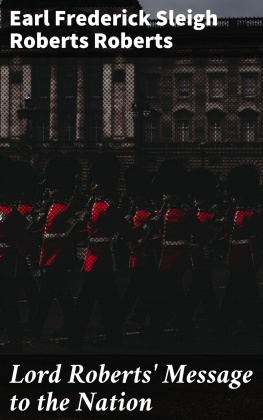
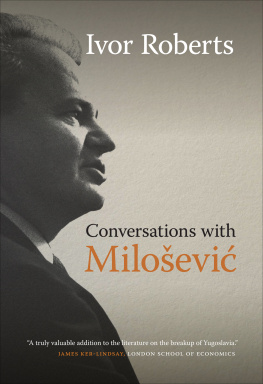
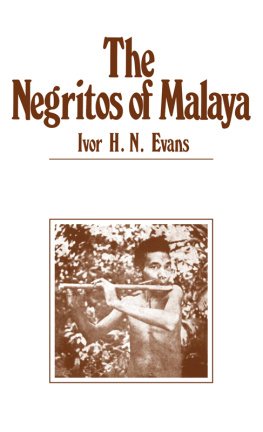
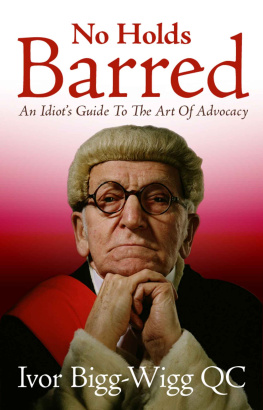

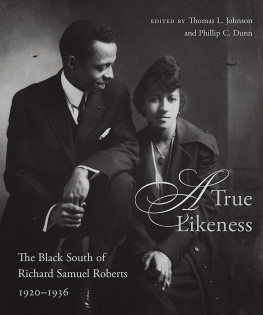
![Ivor Horton [Ivor Horton] - Ivor Horton’s Beginning Java®, Java 7 Edition](/uploads/posts/book/119392/thumbs/ivor-horton-ivor-horton-ivor-horton-s.jpg)
